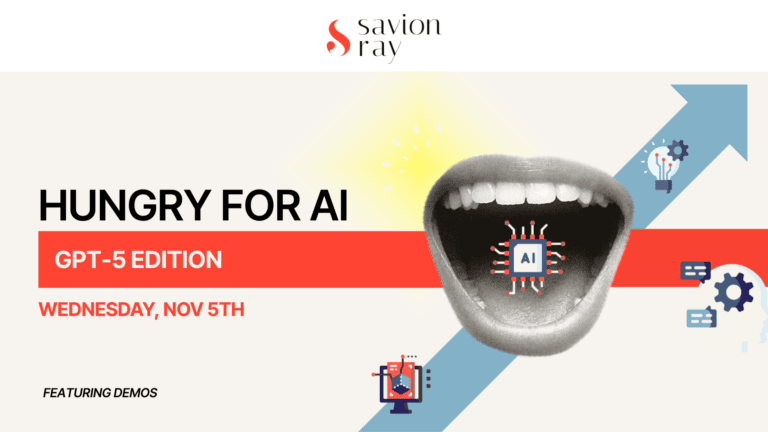Today’s communication professionals rely heavily on storytelling as a part of their engagement toolbox. Providing the audiences with an explicit picture instead of raw data and calls for action is what enhances the values and beliefs of contemporary societies. Hence, the famous “show, don’t tell” strategy.
While many organizations already bet on advanced photography, graphic design, and data visualizations to explain complex policy issues, video storytelling has proven to be a game-changer when it comes to engagement and persuasion. In this article, we will provide you with valuable tips from our experience on what helps us at Savion Ray turn policy into a story to tell.
How do you make use of video storytelling to explain a complex issue?

People behind every issue. The best way to illustrate the issue is to let the audience dive into the experiences connected to the problem. In other words, telling the story through the lens of individuals is sometimes worth tons of statistical evidence. That is why we came up with a social experiment video to raise awareness about dyslexia. The end results proved that revealing the issue’s emotional components can both engage and educate the audience.
Power of juxtaposition. Contrasting visual aids can create a message that sticks. Often, helping the audience notice the unexpected difference creates powerful stimuli for further action. So, to showcase the need for fighting e-waste, we went with a combination of animation, footage, and interviews to create a comparative documentary. The video provides a mix of examples of how e-waste is accumulated putting e-waste into perspective.

Drawing attention from the start. The greatest movies draw us in right from the first few minutes. Similarly, videos about complex issues need to excite the viewer from the beginning for people to keep on watching. It is important to provoke the audience to follow the narrative till the very end. Our take on explaining the importance of the Nitrogen Use Efficiency Indicator ”hooked” the viewers with an interesting fact – nitrogen makes some of the colors of the Northern Lights. We then transitioned to give the context of nitrogen fertilizers’ history and their role in global food production.
Who makes the final call? Policy issues often involve abstract professional language to signal to policymakers that action is needed. What needs to be considered too is that the call to action can also come from the public. In turn, the right video campaign can illustrate the problem well and result in the call to action coming from the audience rather than policy experts. Our Choose Recycled campaign focused exactly on providing the opportunity for people to practically realize what is at stake and call upon policymakers’ further actions.
Video storytelling has the power to make complex policy challenges accessible and visible to the right audience, increasing understanding and building engagement with key stakeholders of one’s digital advocacy campaign.
Would you like to know how video storytelling can help you get your message across?



